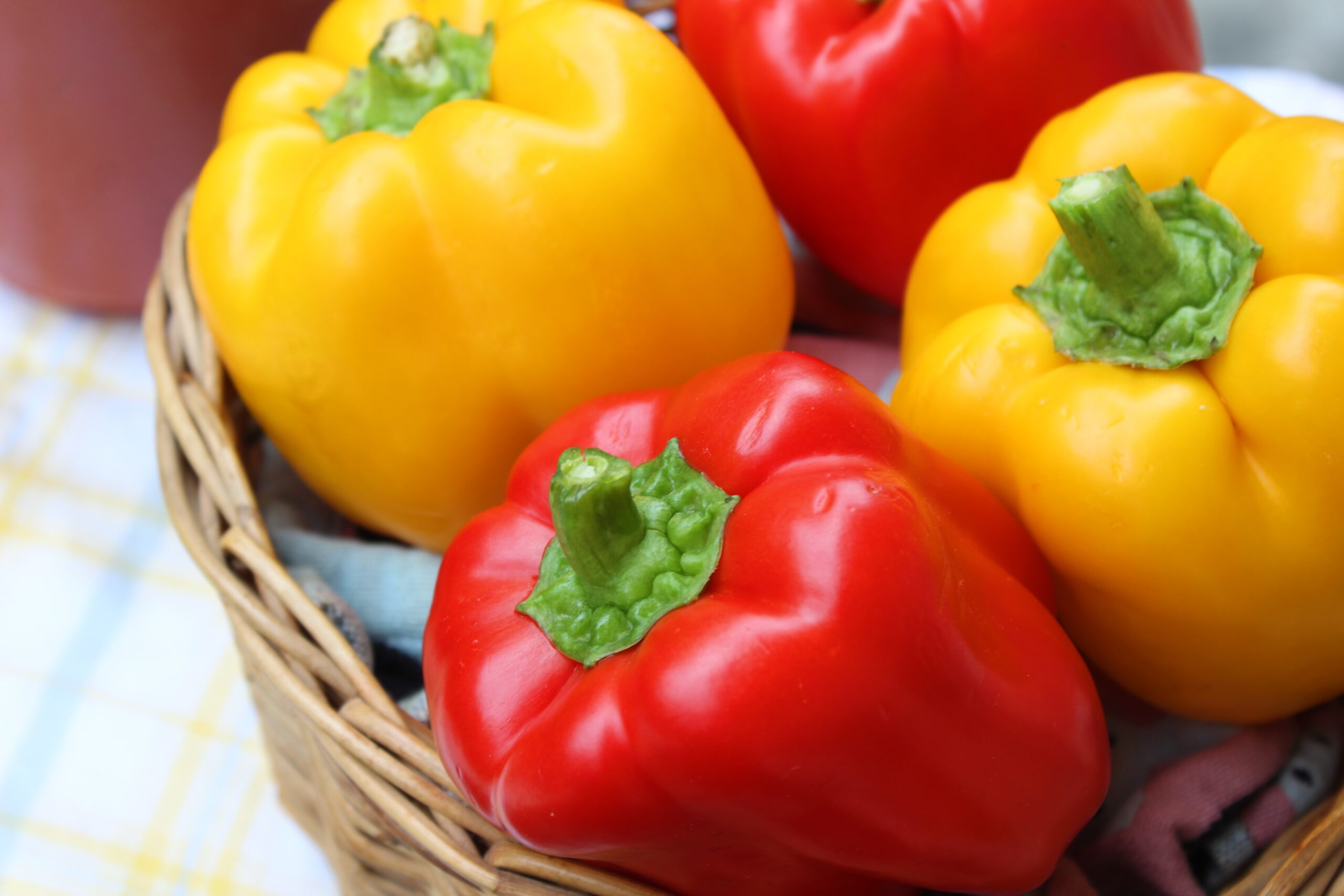Capsicum, also known as bell peppers or sweet peppers, is a versatile and vibrant vegetable that graces many dishes with its distinctive color and flavor. Cultivating a capsicum farm is not only a rewarding agricultural venture but also an opportunity to contribute to the local food supply. In this blog, we will explore the journey from seed to harvest, offering insights into the cultivation, care, and harvest of capsicum on your very own farm.
Choosing the Right Variety: The Foundation of Success
The journey of a capsicum farm begins with the selection of the right variety. Capsicums come in various colors, sizes, and flavors, ranging from the classic green bell pepper to the sweet red or yellow varieties. Consider your local climate and market demand when choosing the types of capsicums to cultivate.
Preparing the Soil: A Nutrient-Rich Foundation
Capsicums thrive in well-draining, nutrient-rich soil. Prepare the soil by incorporating organic matter such as compost or well-rotted manure. Ensure a slightly acidic to neutral pH for optimal growth. Adequate soil preparation sets the stage for healthy plants and a bountiful harvest.
Starting from Seeds: A Delicate Beginning
Capsicum seeds can be started indoors several weeks before the last expected frost. Use seed trays or small pots, and provide a warm and sunny environment for germination. Once the seedlings have developed a few true leaves, they can be transplanted into the prepared outdoor soil.
Planting and Spacing: Room to Flourish
When transplanting seedlings, ensure proper spacing to allow each plant ample room to grow. Capsicums should be planted at least 18 to 24 inches apart, depending on the variety. Proper spacing promotes air circulation, reducing the risk of diseases.
Watering: Consistent Moisture is Key
Capsicum plants prefer consistently moist soil. Water them regularly, especially during dry spells. However, be cautious not to overwater, as capsicums are susceptible to root rot in waterlogged conditions. Mulching around the plants helps retain soil moisture.
Fertilizing: Feeding the Growth
Fertilize your capsicum plants with a balanced, all-purpose fertilizer. Follow the recommended application rates to provide the necessary nutrients for healthy growth. Consider side-dressing with compost or additional fertilizer during the growing season.
Supporting the Plants: Staking for Success
As capsicum plants grow, they may benefit from staking or support. This is particularly important for larger varieties or if your region is prone to strong winds. Staking helps prevent the plants from bending or breaking under the weight of the fruit.
Managing Pests and Diseases: Vigilance is Key
Keep a watchful eye for common pests such as aphids or hornworms, and promptly address any signs of diseases. Natural remedies like neem oil or introducing beneficial insects can be effective in managing pests, while good sanitation practices help prevent the spread of diseases.
Harvesting: The Fruits of Your Labor
Capsicums are typically ready for harvest 70 to 90 days after transplanting. Harvest when the fruits have reached the desired size and color. Use pruning shears or scissors to cut the capsicums from the plant, taking care not to damage the stems.




